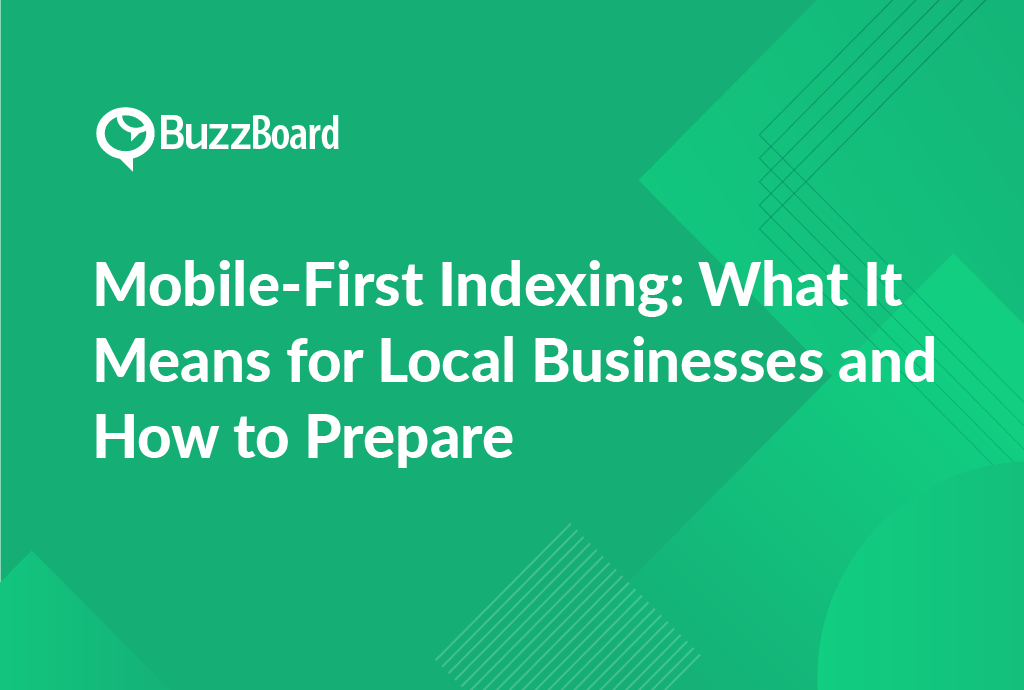Introduction to mobile-first indexing and its importance for local businesses
Understanding the concept of mobile-first indexing is key for salespeople at digital marketing agencies, especially those servicing local businesses. This is because Google, the top search engine globally, prioritizes mobile versions of websites in its indexing process.
The implications are significant. A business’s ranking or visibility on Google’s search results can be significantly influenced by its website’s mobile-friendliness. If a local business’s site isn’t optimized for mobile devices, it could fall behind in Google’s rankings, handing the upper hand to competitors that have adopted mobile-first strategies.
This information is vital to local businesses. With rising smartphone usage, most people use these devices when seeking services or products near them. If a local business’s site isn’t mobile-friendly, it risks missing out on a sizable portion of potential customers. So, mobile-first indexing isn’t about keeping up with Google’s changes; it’s also about aligning with evolving consumer behaviors.
In essence, mobile friendliness is a vital aspect of local business marketing in today’s digital world. This fact highlights the importance of adopting a marketing strategy that incorporates website design for mobile devices.
Industry professionals must consistently update their knowledge about such crucial developments to maintain a competitive edge. Inform yourself and your team about mobile-first indexing.
Remember, optimizing for mobile-first can enhance local businesses’ visibility, attract, engage, and convert more local customers.
IMpact of Mobile-First Indexing on Local Business Marketing
Understanding the impact of mobile-first indexing on local business marketing is vital for salespeople aiming to optimize their strategies. Google’s shift toward mobile-first indexing indicates that the search engine primarily uses a website’s mobile version for ranking and indexing. This change revolutionizes the local business mobile-first approach, making it essential to frequently revisit website design, mobile friendliness and other critical aspects.
As Search Engine Land reports, mobile-first indexing should be a significant consideration for all local businesses due to changes in consumer browsing habits. This means a poorly-designed or non-mobile-friendly webpage can experience a drop in search engine rankings, costing local businesses valuable visibility.
Therefore, digital marketing agencies that serve small and local businesses need to ensure that their clients’ websites are mobile optimized. They need to offer services in mobile optimization and provide constructive advice on mobile friendliness. Website design, responsive and easy to navigate on mobile devices, has become a fundamental necessity, not just a bonus.
Professionals can gather more insights and necessary information on how mobile-first indexing can impact local SEO.
offers practical tips and resources to enhance local business marketing in the mobile-first era. Implementing successful mobile-first strategies can differentiate a local business in this competitive digital marketing environment.
Remember, staying ahead of the curve can give your clients a competitive advantage. It’s time to optimize – mobile-first should be your strategic first step.
The Role of Mobile Friendliness in Boosting a Local Business’s Online Presence
The shift towards mobile devices in consumer behavior has dramatically underscored the importance for local businesses to include mobile friendliness in their marketing strategies. In our mobile-first world, the importance of a local business’s online presence can be significantly amplified by a user-friendly mobile site.
Google’s mobile-first indexing, for example, places mobile-friendly sites higher in search results. This improves local businesses’ SEO efforts, meaning businesses with mobile-friendly web design are more likely to appear in local search results. The benefits include enhanced visibility leading to an expanded customer base.
However, the advantages don’t end there. A mobile-friendly site also improves user experience through quick page loads, easy accessibility of information and seamless checkout processes. These elements can drive customer satisfaction, enhance reputation and, ultimately, increase conversion rates.
Incorporating mobile friendliness into a local businesses marketing strategy isn’t a small feat. Mobile design involves more than just resizing a website. It requires responsive web design that adjusts to different screen sizes, refined content, improved site navigation for smaller screens and optimized images for swift page loads.
Despite the effort required, the resulting benefits can be significant for local businesses. With over half of all online traffic flowing from mobile devices, mobile friendliness isn’t an optional extra—it’s a survival necessity in an increasingly competitive business landscape.
For additional insights, refer to our detailed guide on The Importance of Mobile Friendliness in Local Business Marketing. As digital marketing trends evolve, stay upfront with our advanced insights for enhancing your client’s digital presence.
If you’re facing challenges transitioning a client’s business to a mobile-first philosophy, explore our training webinars for comprehensive learning opportunities.
How Website Design Contributes to Mobile-First Indexing for Local Businesses
Mobile-first indexing is a critical aspect of an SEO strategy that digital marketing agencies should capitalize on. Creating a website design optimized for mobile friendliness is increasingly crucial, especially for local businesses.
Why so? Google has officially announced that more than half of the pages displayed in global search results use mobile-first indexing. This modern system of indexing is primarily focused on content performance on mobile devices rather than desktops. Hence, local businesses need to prioritize mobile-friendly website designs.
Significantly, your website design can heavily influence your local business’s mobile-first indexing. Google’s web crawlers favor sites that offer an enhanced mobile user experience. Doing this successfully means promoting local business marketing, as it increases visibility in mobile searches.
Understanding the effect of website design on local business’s mobile-first indexing, digital marketing agencies must promote designs that ensure a smooth browsing experience on mobile devices. Consequently, taking care of aspects such as responsive designs, loading speeds, and easy navigation could be advantageous in achieving high Google indexing.
Remember, local businesses that capitalize on mobile-first indexing are essentially businesses that seize opportunities.
Incorporate these strategies to make sure your local business isn’t lagging in mobile-first readiness.
Preparation Strategies for Local Businesses to Transition Smoothly to Mobile-First Indexing
Transitioning to mobile-first indexing requires local businesses to understand the importance of mobile-friendliness in their business strategies and web designs. The concept of mobile-first indexing implies that Google primarily uses the mobile version of a web page for indexing and ranking. Consequently, ensuring mobile-friendliness of your website becomes vital for local businesses.
Here are some strategies that could bolster your local business during this transition:
The transition to a local business mobile-first perspective isn’t merely about keeping up with Google’s indexing. It’s an integral aspect of effectively reaching your local market audience and sustaining a competitive edge in an exponentially progressing digital landscape.
Keen to explore more? Delve further into how mobile-first indexing and enhanced website design can boost your local business marketing strategies.
For a comprehensive guide on transitioning to mobile-first indexing, Google’s mobile-first indexing best practices can be accessed here.
Remember, the path to mobile-first indexing may be challenging. However, these proposed strategies can guide your local business to successfully navigate this transition.








